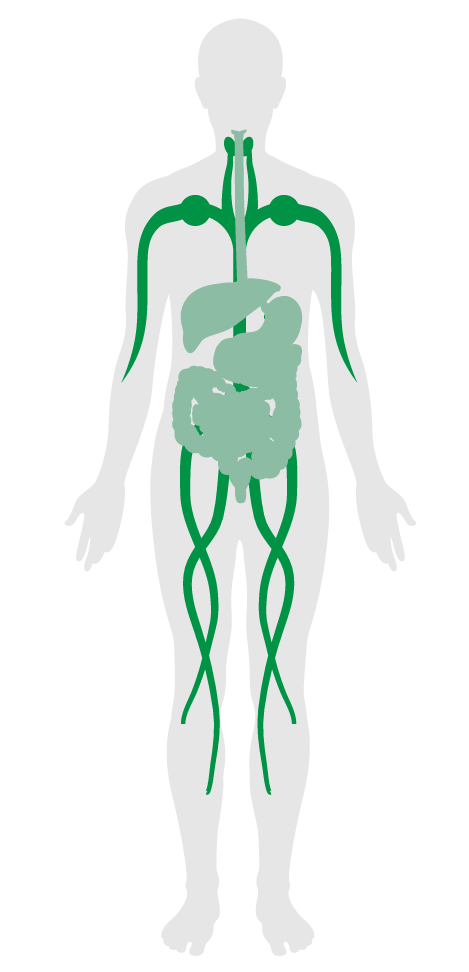Water treatment
Water treatment
Intent:
To improve water quality by requiring the use of water treatment systems.
BACKGROUND
There are many types of contaminants that may compromise water quality, from pathogens and heavy metals to pesticide and herbicide residues. While routine testing helps to keep track of potential pollutants, sampling alone cannot guarantee the elimination of all risk. Disruptions to water supply, droughts, flooding and construction and infrastructure changes can temporarily affect water quality. Therefore, implementing and maintaining appropriate water treatment systems - including carbon filters, sediment filters and UV sanitization - is key in order to continuously deliver high quality water.
To verify that the selected filtration/sanitation system chosen continues to operate as designed, projects must annually provide the IWBI with:
a.
Record-keeping for a minimum of 3 years, including evidence that the filter and/or sanitizer has been properly maintained as per the manufacturer's recommendation.
A point-by-point narrative describes how the building addresses Legionella, and includes the following:
a.177
Formation of a team for Legionella management in the building.
b.177
Water system inventory and production of process flow diagrams.
c.177
Hazard analysis of water assets.
d.177
Identification of critical control points.
e.177
Maintenance and control measures, monitoring, establishment of performance limits and corrective actions.
f.177
Documentation, verification and validation procedures.

